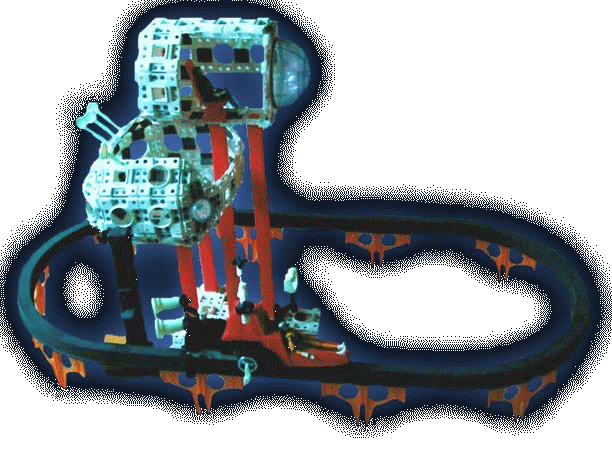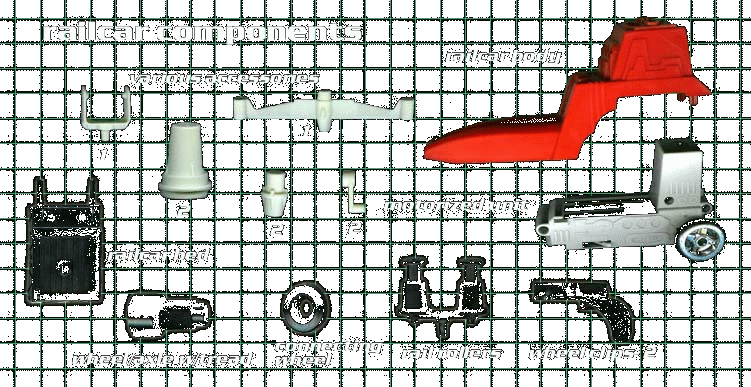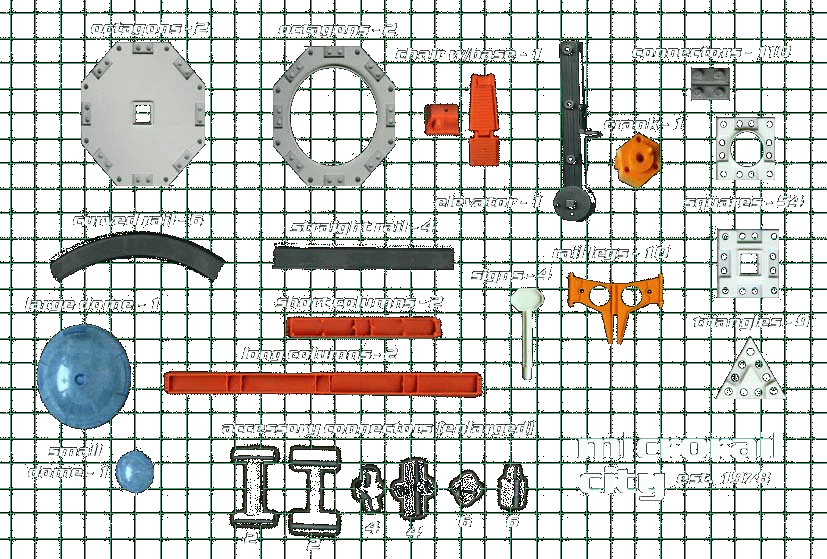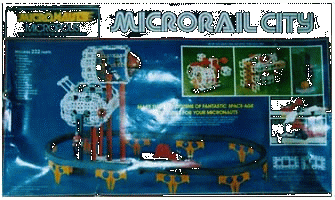


|
"Micropolis,
the building set that never stops growing," read the Mego catalog. There
were 5 different Micropolis building sets released and the Microrail City
was one of them. Released in 1978 as a very large boxed item, the city
sets were designed to stimulate a childs creative ability, and at the
same time, make their fingertips very sore! Based on the snap together
building panels included with the Microman Build Base play set, the Micropolis
city sets could be assembled in any configuration you could think up.
The basic idea was to connect each panel with small gray connectors and
build structures that resembled the ones on the packaging. Each set came
with a large sized instruction sheet map that acted like blue prints for
each building section. You could lay each panel out on the map, and then
begin the arduous task of snapping each on onto each connector. Each panel
contained roughly 12 5mm holes, and had small recessed surfaces to snap
the square connectors into. The connectors had a small bend in them, and
contained 4 dimples. The bend allowed the connector to fold over for corners
or be rigid for walls, depending on which way you attached it to the panel
piece. This was the "exclusive snap-action two-way Microhinge"!
|
 |
Microrail
City contained 3 basic structures; the 2-piece building set and the monorail
track. The building structure was the IPHQ set, and contained all the
same pieces, a control room and dome tower. This whole particular set
had 232 parts, and had these basic components: square panels, triangle
panels, octagon panels, domes, chairs, girders and an elevator. The few
features that set Microrail City apart from the regular IPHQ was indeed
the monorail, but it also came with a monorail car and a bunch of extra
accessories. The monorail car was basically the Stratastation car motorized
body unit, with a new vehicle body mounted on top. With the vehicle body
facing forward, the motorized unit was placed backward underneath. The
chassis was battery powered, and had an on/off switch on the side.
|

|
Under
the chassis was the 3-speed lever, slow, neutral and forward. Small black
"fender" pieces held the larger black wheels with rubber tread under the
car, and onto the body, and ran along side the rail. A black plastic rear
bed fit over the battery compartment, and a small roller unit fit under
the rear of the chassis to hold the car onto the rail itself. When the
lever was switched on, the car wheels would move, turning the larger black
wheels that were on the rail, propelling the car along. Other decorative
pieces for the monorail car included a set of the Stratastation chrome
accessories molded in white, and the set also contained the black 22 piece
accessory connectors.
|
 |
|
The
monorail was made up of 4 straight and 6 curved interlocking gray track
pieces. The rail was held off the ground by 10 yellow rail legs, via the
5mm peg/hole system, and could be used many different ways, as they also
fit into the building panels as well. These legs also had a slit through
the center, and 2 pieces could be combined into 1. As usual, the only
limitation was the child's imagination!
|

|
prototype as shown in the pamphlet |
|
